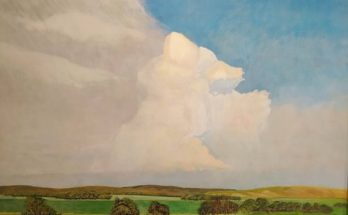By Peter Ramsey
Flamenco is a celebration of life and the afterlife, both at the same party. Mexico and Spain share this cultural phenomenon. Musicians, dancers, and the audience arrive at the ritual of transformation from one realm to another. “Flamenco performers expect, with the magic of flamenco, to celebrate life and, in our way, honor the dead.”
Festival de la Muerte offers you a flamenco-jazz concert in the cozy courtyard of the Biblioteca Pública. Tour spirit will rise with the fusion of these intense musical genres and the tenderness of typical Mexican songs, like “La Bruja,” “La Martiniana,” and “La Llorona.”
Festival de la Muerte also offers you a flamenco live theater show with the different characters of Mexican tradition—las catrinas, los alebrijes, and La Llorona—in the intimate Santa Ana Theater.
Las Catrinas are a reminder of the dead. Diego Rivera gave the name Catrina to the image created by Mexican artist Guadalupe Posada in 1910. The alebrijes are brightly colored Mexican folk-art sculptures of fantastical creatures. The first alebrijes and the invention of the term came from Mexico City artist Pedro Linares around the same time. In Latin American folklore, La Llorona—the weeping woman or wailer—is a ghost who mourns the children she drowned.
The Luna Flamenca Group is made up of professional artists residing in San Miguel de Allende.
The jazz quartet is composed of Papacho Syrdey, piano; Yala Torres, violin; Sergio Carrillo, bass; and Victor Monterrubio, bateria and cajón.
The cuadro flamenco includes Alberto Solis and Esther Asulitom, voice; Juan Rosas, guitar; Angela Garcia, Alfredo Enriguez, Fernanda Garrido, Ana Alcala, Arlene Nájera, Beatriz Oliver, and Anabel Fernandez, dance.
Flamenco, Jazz, Dancing, Singing
Festival de la Muerte
Tue, Nov 1, 5pm
Patio de la Biblioteca Pública
Insurgentes 25, Centro
Tue, Nov 1, 7pm
Teatro Santa Ana
Relox 50
600 pesos
Tickets at the theater box office




